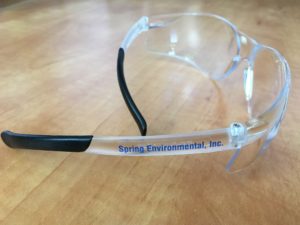Both the Environmental Protection Agency and Washington State Department of Ecology have revised Construction General Stormwater Permits to implement City and County of San Francisco v. EPA (2025), in which the Supreme Court found that end-result requirements, such as permit terms prohibiting discharges that contribute to a violation of a water quality standard in a receiving water, are unlawful.
On April 15, 2025, EPA published its final action, narrowly modifying the 2022 CGP under the CWA. The CGP modification expands the list of areas eligible for coverage, including construction projects that discharge to receiving waters within Lands of Exclusive Federal Jurisdiction. The modified CGP added new permit conditions applicable to Lands of Exclusive Federal Jurisdiction, which prohibit stormwater discharges that contain i) observable deposits of solids, scum, sheen, or other substances; ii) an observable film, sheen, or discoloration from oil and grease; or iii) foam or substances that produce an observable change in color, odor, or cloudiness in the discharge. EPA maintains that these “final water quality-based limitations” are valid because they “tie compliance to the condition of the discharge (not the receiving water).” The modified permit and Fact Sheet can be found here.
On March 19, 2025, Ecology published a proposal to update the 2021 CSWGP, which expires Dec. 31, 2025. The draft CSWGP proposes several changes including expressing that “end-result” prohibitions no longer apply, requiring that all site inspections (e.g. weekly) will need to be conducted by a Certified Erosion Sediment Control Lead (CESCL), requiring weekly sampling for either turbidity or transparency and weekly sampling for pH at construction sites 1-acre or less, requiring daily turbidity effluent limitation sampling for dewatering discharges to certain impaired water bodies, and dissolved oxygen impairments will trigger a numeric effluent limit for turbidity. Public comments are being accepted until May 9th. The proposed permit and Fact Sheet can be found here.

